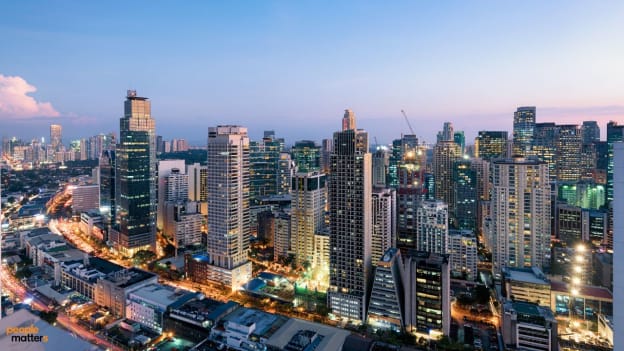World Bank: Robust economic growth for PH through 2026

MANILA – The World Bank forecasts the Philippine economy will experience an average growth rate of 5.9% annually from 2024 to 2026. This optimistic projection is underpinned by robust domestic demand and an uptick in global economic activity, according to the World Bank’s recent Philippines Economic Update report.
Despite growth of 5.5% in 2023, the estimates for the subsequent years remain steady – with the economy anticipated to expand by 5.8% in 2024 and 5.9% in both 2025 and 2026. This consistency in growth projections highlights a positive outlook for the country's economic trajectory over the mid-term period.
An optimistic economic forecast for the Philippines?
In a news briefing, World Bank Senior Economist Ralph van Doorn attributes the optimistic forecast to an anticipated decrease in inflation in the Philippines. He believes this downward trend will enable the Bangko Sentral ng Pilipinas to adopt a more supportive policy stance, which is expected to boost private investment demand.
“We expect inflation to remain within the 2% to 4% band which is the comfort zone of the BSP for the next few years,” van Doorn said.
“We also expect that – despite the ongoing fiscal consolidation – public investments will likely remain above 5% of the GDP (gross domestic product) and remain supportive of growth.”
Will inflationary pressures ease?
The World Bank predicts a gradual decline in headline inflation for the Philippines, estimating it will decrease from 3.6% in the current year to 3.2% in 2025, and further down to 3.0% by 2026. This trend indicates a stabilising economic environment where inflationary pressures would ease over time.
Lower inflation rates contribute to more stable prices, making goods and services more affordable, which can enhance consumer spending and confidence. Such reduction in inflation supports the central bank in implementing policies that encourage investment and sustain economic growth, which are crucial for long-term prosperity.
Risks to economic stability
Van Doorn also expressed concerns about risks, noting these are skewed towards potential downturns. He highlighted several factors that contribute to this cautious outlook.
Extended periods of El Niño, coupled with a more intense La Niña, could significantly harm agricultural production, potentially driving food prices higher. These climatic conditions pose a risk to domestic food supply stability.
Damage to agricultural output from adverse weather conditions could lead to food scarcity and increased prices, affecting the cost of living and potentially exacerbating economic inequality.
Moreover, the possibility of sustained high inflation might result in postponed adjustments to monetary policy. These could further hinder recovery by slowing down investment and consumption.
The impact of geopolitical tension and trade protectionism
From an international perspective, escalating geopolitical conflicts could drive up energy costs and disrupt global trade and investment flows. Such tensions have the potential to destabilise economic conditions significantly.
Van Doorn warned of challenges such as increasing trade protectionism and a fragmenting global trade policy landscape.
His analysis identifies key vulnerabilities that could undermine the economic stability of the Philippines and its neighboring countries. These risks will determine how policymakers and businesses will prepare for potential economic shocks.
















